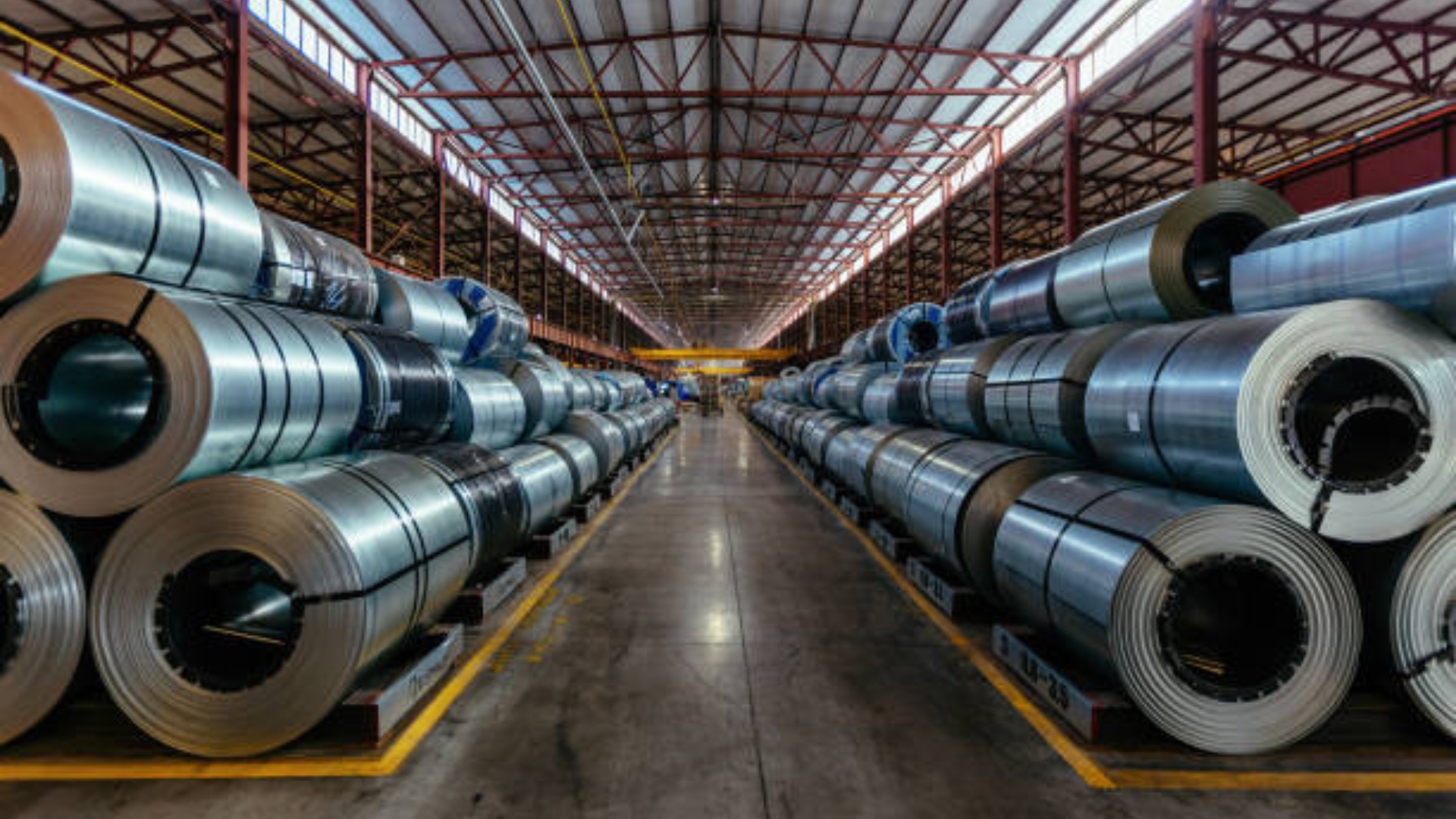President Donald Trump recently announced new tariffs of 25% on all imported steel and aluminum, increasing the previous aluminum tariff from 10% to 25%. These tariffs are expected to go into effect on March 4. This move eliminates previous country-specific exemptions and extends the tariffs to downstream products such as fabricated structural steel, aluminum extrusions, and steel strand for prestressed concrete.
The U.S. remains heavily dependent on imported metals, with about 25% of its steel and nearly 50% of its aluminum sourced from abroad. Canada, Brazil, and Mexico are the leading steel suppliers, while Canada accounts for nearly 79% of U.S. primary aluminum imports as of November 2024. These tariffs have been invoked under Section 232 of the Trade Expansion Act, citing national security concerns and the need to address trade imbalances.
Mark Linscott
Senior Advisor – Trade, USISPF
Anushka Shah
Manager – Trade Policy, USISPF
Trump’s First Tariff Regime
During Trump’s first term, similar tariffs were imposed on steel and aluminum under Section 232. However, through negotiations, exemptions and duty-free quota agreements were secured for key trading partners such as Australia, South Korea, and Brazil. Subsequently, the Biden administration reached agreements with the European Union, the United Kingdom, and Japan to roll back some of these trade restrictions. This weakened the effectiveness of the tariffs in achieving their intended goals of strengthening domestic steel and aluminum industries.
Implications for the U.S.
The stated objective is to achieve 80% sustainable capacity utilization in domestic steel and aluminum production, given the decline in U.S. aluminum output from 3.7 million metric tons in 2000 to 670,000 metric tons in 2023. On the flip side, the tariffs are expected to increase costs for U.S. manufacturers that rely on imported metals, leading to higher production expenses across multiple industries, including construction, consumer goods, and industrial manufacturing. Businesses using steel and aluminum products could also lose some of their global competitiveness, potentially leading to job losses or higher prices for American consumers. According to the U.S. International Trade Commission, similar tariffs introduced in 2018 led to increased metal prices in the U.S., with steel and aluminum costs rising by 2.4% and 1.6%, respectively.
Although the U.S. imports minimal steel and aluminum directly from China, China’s excess steel production continues to flood global markets, driving down prices and disadvantaging U.S. producers in third-party markets.
Impact on India
The direct impact of these tariffs on India is likely to be minimal, as the country’s steel and aluminum exports to the U.S. are not significant and were not exempted from the Trump 1.0 tariffs. In the fiscal year ending March 2024, India exported 95,000 tonnes of steel and 0.2 million metric tons of aluminum to the U.S., valued at approximately 78.3 billion ($894.4 million).
Canada is the largest supplier of steel to the U.S., followed by Brazil, Mexico, South Korea, and Vietnam. In aluminum, Canada also leads, followed by the UAE, Russia, and China. The newly imposed tariffs are expected to slash U.S. steel imports by 85%, creating a surplus that could flood unrestricted markets like India, leading to price pressures and increased competition for domestic producers. There could also be opportunities for Indian exporters if U.S. buyers look for alternative suppliers outside of China and Canada.
Second-Order Impacts on India
Higher U.S. tariffs could divert Chinese and other Asian steel exports to India, intensifying competition, pushing domestic prices down, and putting pressure on smaller Indian producers. India must remain cautious about potential low-cost Chinese dumping, which could impact domestic industries.
There is uncertainty over whether this move is merely a bargaining tactic to encourage negotiations with key trading partners or if President Trump wants to prioritize the U.S. steel industry. A similar situation unfolded in 2018 when the U.S. imposed tariffs on steel and aluminum, leading India to retaliate by increasing tariffs on 29 U.S. products. This was followed by an agreement that the U.S. would continue processing exemption requests, with expectations that approvals would align with historical trends since the tariffs were first imposed.
However, while the direct impact of steel and aluminum tariffs on India remains limited, the greater concern lies in the possibility of broader retaliatory tariffs, which could affect multiple sectors and escalate trade tensions.
- President Trump, while signing the order, indicated that he would soon be imposing retaliatory tariffs on countries imposing high duties on U.S. goods, including sectors like cars, semiconductors, and pharmaceuticals.
- India recently reduced import duties on several products in its Union Budget, including electronics, textiles, and high-end motorcycles. However, according to the World Trade Organization, India’s simple average tariff rate is 17% significantly higher than the U.S.’s 3.3% (trade-weighted: India at 12% vs. U.S. at 2.2%).
- Key Indian sectors vulnerable to retaliatory tariffs would include electrical and industrial machinery, gems & jewelry, pharmaceuticals, fuels, iron & steel, textiles, vehicles, apparels, and chemicals.


